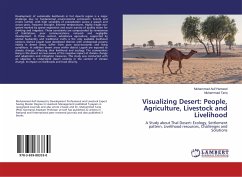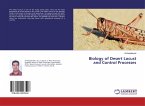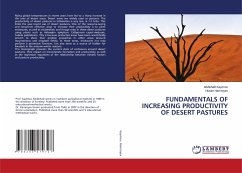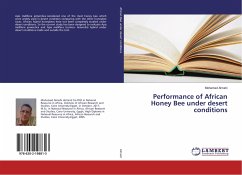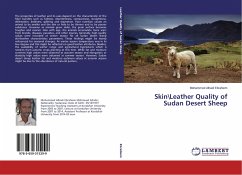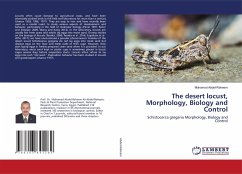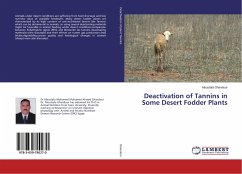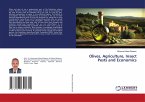Development of sustainable livelihoods in hot deserts region is a major challenge due to fundamental environmental constraints: Scanty and erratic rainfall, with high variability of precipitation across a season and across years, Frequent drought, Extreme temperatures, Highly fragile eco-system marked by sparse vegetation and acute scarcity of quality water for drinking and irrigation. These constraints are compounded by remoteness of habitations, poor communications- network and negligible development. In these context, subsistence agriculture, supported by animal husbandry and traditional crafts is the only available livelihood options. District Layyah least developed districts with widespread poverty mainly in desert areas; suffer from poor socio-economic and living conditions. In addition desert areas within district Layyah are exposed to climate change, affecting their livelihood and ecology. The communities living in the desert are less aware of the negative impact of climate change and adaptation and mitigation measures. This study was conducted with an objective to understand desert ecology in the context of climate change, its impact on livelihoods and food security.
Bitte wählen Sie Ihr Anliegen aus.
Rechnungen
Retourenschein anfordern
Bestellstatus
Storno

